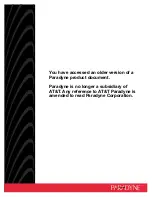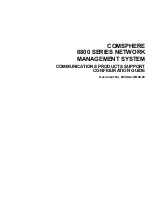
246
•
For other packets, proceed to Step 2.
2.
URPF checks whether the source address matches a FIB entry:
•
If it does, proceed to Step 3.
•
If it does not, proceed to Step 6.
3.
URPF checks whether the check mode is
loose
:
•
If it is, proceed to Step 8.
•
If it is not, URPF checks whether the matching route is a direct route:
{
If it is, proceed to Step 5.
{
If it is not, proceed to Step 4.
4.
URPF checks whether the receiving interface matches the output interface of the matching FIB entry:
{
If it does, proceed to Step 8.
{
If it does not, proceed to Step 9.
5.
URPF checks whether the source IP address matches an ARP entry:
•
If it does, proceed to Step 8.
•
If it does not, proceed to Step 9.
6.
URPF checks whether the FIB table has a default route:
•
If it does, proceed to Step 7.
•
If it does not, proceed to Step 9.
7.
URPF checks whether the check mode is
loose
:
•
If it is, proceed to Step 8.
•
If it is not, URPF checks whether the output interface of the default route matches the receiving
interface of the packet:
{
If it does, proceed to Step 8.
{
If it does not, proceed to Step 9.
8.
The packet passes the check and is forwarded.
9.
The packet is discarded.
















































